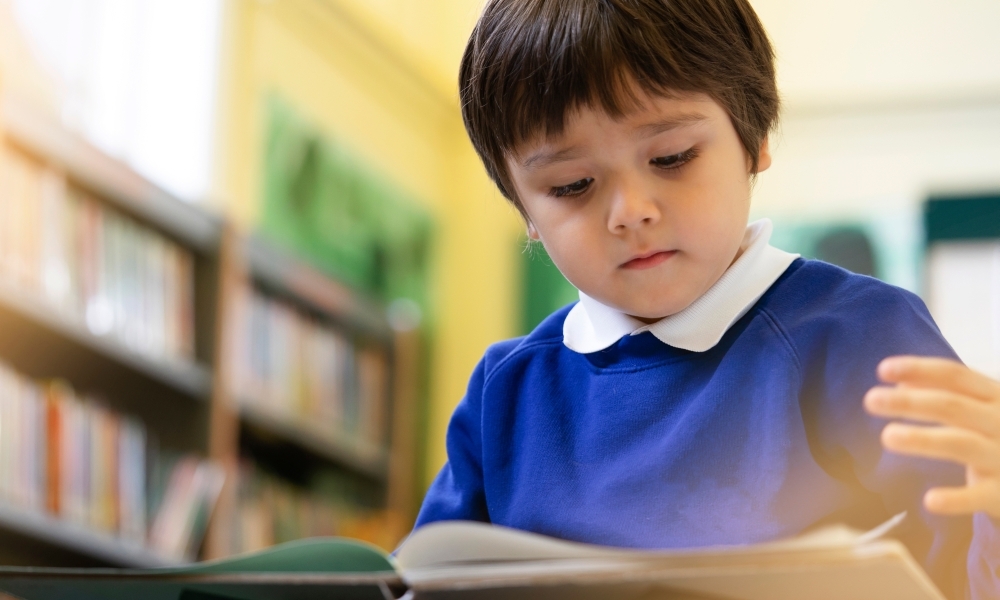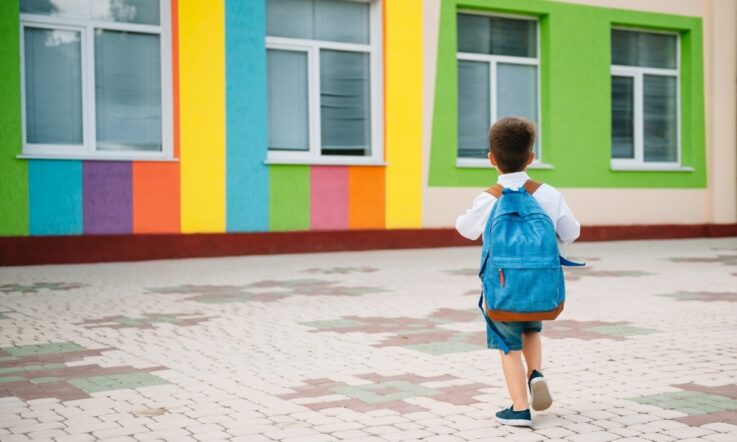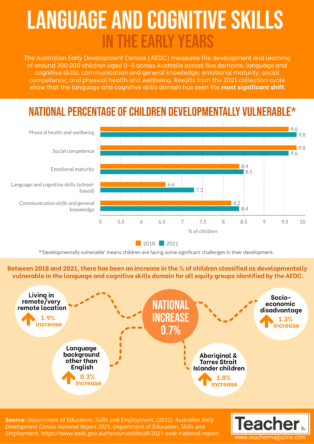In today’s Q&A we catch up with Dr Dan Cloney – a Senior Research Fellow in the Education Policy and Practice Program and a Member of the Centre for Global Education Monitoring at the Australian Council for Educational Research (ACER).
His expertise is in early education, cognitive development, and academic achievement. Here, we discuss early years transitions, assessment and learning progressions.
How important is the transition between early years settings to primary school and what kind of difference can an effective transition make?
The transition is important – but not because of the reason you might think. All children make the transition into school, so it represents an important point in life. Increasingly, however, we realise that children all learn and develop at their own pace: just because children go to school when they are 5 doesn’t mean they all have the same skills and abilities. An effective transition, therefore, is making sure that schools are ready to meet each child at their own level and support them to make good progress from day one.
We know there is a lot of research on this subject, as well as motivated educators who are keen to see an improvement. This is why we have decided to make the topic of Research Conference 2023 ‘Becoming lifelong learners: Improving the continuity of learning from birth to 12 years’. It is a great opportunity to bring together the people who are studying it with the people who are doing it.
When should early childhood and school educators start planning for these transitions?
In the highest quality settings, teachers and educators in preschool and long day care settings and teachers in school settings will be working together frequently to talk about the children they are working with. This means educators need to be generating good evidence about what children can do, and planning to support them to learn what comes next – this learning should be seamless across transitions.
What evidence do we currently have about children's learning and development in the early years?
The Australian Early Development Census (AEDC) is a key population measure that gives us important information about how children, on average, in a local community are progressing. The Australian Government and States and Territories, however, have realised it is important that educators have their own primary evidence about what individual children can do in their settings so that they can effectively plan and monitor progress. This has led to a key element of the latest Preschool Reform Funding Agreement focusing on developing, trialling and implementing a preschool outcomes measure.
There can be a lot for school educators to address – what are the dispositions, skills, and abilities that they should prioritise? For example, you’ve spoken previously about how phonological awareness skills, in particular phonemic awareness, are important foundational skills for later literacy development.
In Australia we have a new version of the Early Years Learning Framework hot off the presses. It describes the learning outcomes of children that our early childhood settings foster. This covers a broad range of social and emotional skills, including sense of identity and wellbeing as well as skills like learning and communication.
The challenge in setting up a system that supports continuous learning, no matter where children are, is to find connections between this document and the Australian Curriculum that describes a developmental sequence for the school years. Certainly there are strong connections, but we are yet to make these explicit and this is a barrier to having a highly effective system for all children.
Assessing key skills, dispositions and abilities looks a lot different in the early years. What part should fun play in these assessments?
Assessment in the early years doesn’t need to look different to school-age assessment at all. But we do need to keep innovating in what we consider to be assessment in both preschool and school years.
We are starting to get past the idea that assessment involves children sitting in front of a test or on a computer answering test questions – instead assessment can include one-on-one interactions between adults and children – reading or telling stories for instance.
Assessment can include teachers making judgments based on observing children too. Most important, good assessment can communicate what children can do both to educators and to children and show them where they are heading next. Just as importantly, good assessment should be able to prompt teachers on what effective pedagogy looks like for children at the level they are learning at.
The primary purpose, of course, is to improve student outcomes. Collecting the evidence is just the starting point, isn’t it?
Yes, everything we do in improving access and quality, and developing good quality assessment, is about supporting children to have the best start in life. In the early years, one of the things we are moving towards is having a shared understanding of what learning looks like. Good quality assessments should be aligned to learning progressions – descriptions about how learning manifests and changes as children grow and develop. Presently, we expect educators to build their own understanding of what facets of learning are a priority and what they look like – this is often different between educators, so we aren’t even talking the same language of learning!
The other advance we are heading towards is aligning practice and pedagogy with learning progressions so that educators know what children can do and where they are headed next. It is important that we design learning progressions to support the choice of materials, planning and pedagogy that is shown to be effective in supporting learning at that level. This is particularly important in Australia where some educators are just getting started and working towards their Certificate III and others are accomplished experts – for some, being provided support about what works will also support improvements in the quality of teaching.
Professional learning ensures that educators have the knowledge and skills that will help them support children during those early and primary school years of development. In terms of schools, leaders are the ones that need to set the agenda here – what kinds of things should they be thinking about?
Professional learning is essential if we are to successfully transition to a more deliberate and integrated system of teaching and learning across the major transitions. If we put good quality assessment tools in the hands of educators to use, they need the support to understand how to use assessment, when to use it, how to interrogate the results, and what to do when we get unexpected results – for example, what do we do when we don’t see the growth we would expect? This will also necessitate the building of new tools, like learning progressions, that can be used to facilitate professional discussions – between educators and across settings – about how to be support children to learn.
If we can take assessment out of the hands of researchers and allied health and put it first in the hands of educators, we stand to be able to intervene more effectively for all children and identify which children need additional support earlier.
Dr Dan Cloney will be one of the Keynote speakers at ACER’s Research Conference 2023, on Sunday 3rd and Monday 4th September at the International Convention Centre Sydney (ICC Sydney). To find out more about all the conference speakers and Masterclass events, and to take advantage of early bird registration discounts visit www.researchconference.com.au.
As a teacher working with early years students in a school setting, how often do you collaborate with your counterparts in preschool and long day settings about the children you are working with now and the children who are due to make the transition next year?
What evidence do you collect about what your early years students can do? How does this inform your planning for the next steps in their learning?



